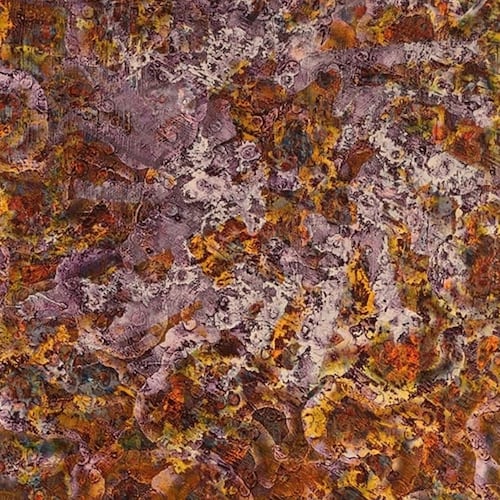1995′s hit film “Waterworld” depicted a post-apocalyptic Earth that was completely flooded following the melting of the planet’s ice caps. For astronomers, it begs the question: Are there any real planets out there that resemble the Kevin Costner classic? Following a recent discovery, scientists may well have an answer.
“Using observations from NASA’s Transiting Exoplanet Survey Satellite (TESS), backed up by ground-based telescopes, an international team led by the University of Montreal announced the discovery of a ‘super-Earth’ – a planet that is potentially rocky like ours, but larger – orbiting a red-dwarf star about 100 light-years away,” NASA said in a press release. “Further investigation could shed light on an intriguing possibility: that the planet might be a ‘water world.’”
The planet has been named TOI-1452 b. While its moniker may not be catchy, scientists have revealed details about the astral body that are plenty enticing.
“Ocean planets are long imagined but difficult to confirm, and TOI-1452 b is no different,” NASA said. “About 70% larger than Earth, and roughly five times as massive, its density could be consistent with having a very deep ocean. But more follow-up will be needed. The planet also might be a huge rock, with little or no atmosphere. It could even be a rocky planet with an atmosphere of hydrogen and helium.”
The University of Montreal provided a rendering of the planet within the video provided above, showing off what the proposed “super-Earth” water planet may look like. Thanks to NASA’s cutting-edge space telescope, scientists hope to learn more about the planet soon.
“Planet TOI-1452 b seems perfectly positioned for further investigation by the James Webb Space Telescope, now delivering science observations from its perch about a million miles (1.6 million kilometers) from Earth,” NASA said. “The planet’s distance of 100 light-years is, in astronomical terms, fairly close. Its relatively bright star should allow Webb to capture a spectrum of starlight shining through its atmosphere, a kind of fingerprint of atmospheric components.”
About the Author
Keep Reading
The Latest
Featured



